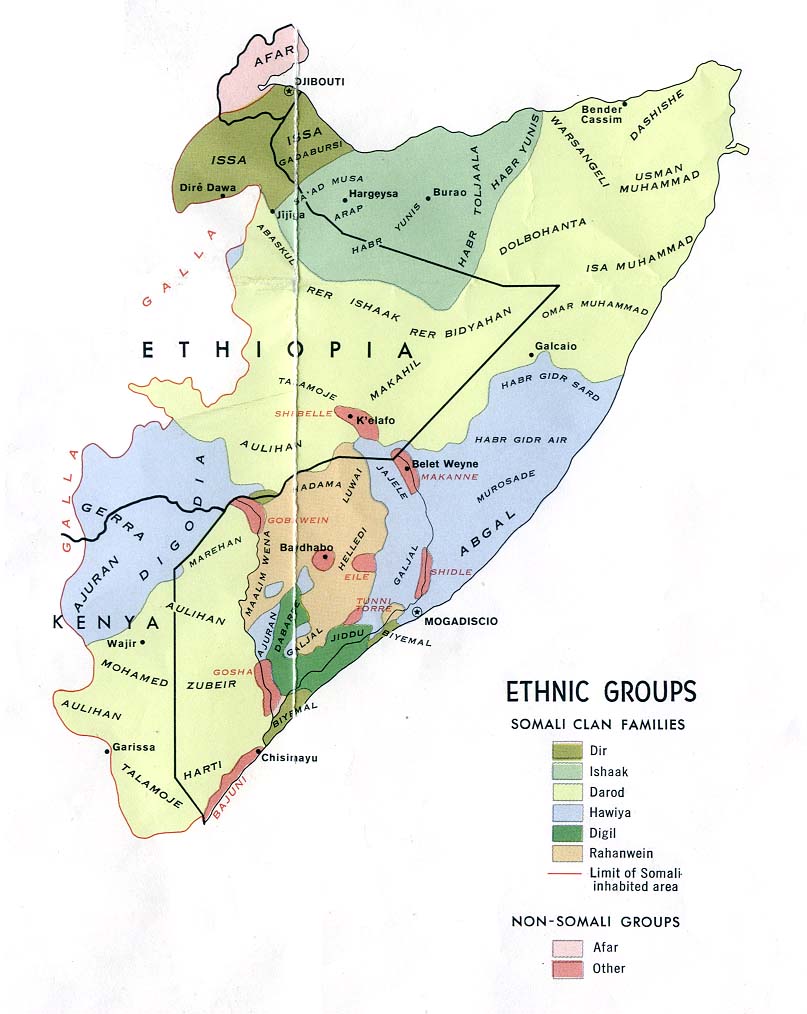I don't believe you have read widely enough in southern Somali history to have concocted the false Somali history pages on Wikipedia by yourself. But you have certainly been their most exposed user on this site. I notice that some of the most egregiously false material in the base Geledi article has disappeared since I have been complaining and providing evidence, but there is still plenty of false material there, as I demonstrated in the thread
.
https://www.somalispot.com/threads/yusuf-and-ahmad.48176/#post-1320180
IMO you owe an abject apology to me and the many future Somalis who will have to deal with these false issues as they are exposed later.
Much of G
eeljire Madaxweyne's source for that ridiculous video on the Somalis vs the Portuguese is from Abdurahman Abdullahi (Baadiyow), right around page 61 of Making Sense of Somali History, Vol I. Baadiyow references Sidney Welch on page 61, which is the right reference, but then goes on to confuse Mir Ali with Suleiman the Magnificent, attributing that great sultan's 1564 expedition to Aceh to Mir Ali and otherwise confusing the issues. In surprising point of fact, the Wiki article on Mir Ali Beg follows Welch closely and is easily accessible, where the original book is expensive and difficult to come by. In the 1580s the Ottoman Porte was staying out of the Indian Ocean, as it was hoarding it's strength against a rising Persian threat.
Mir Ali was a Mediterranean pirate, using European galleys, who was recruited by three Ottoman Pashas for a private expedition to explore involving the English, French and Venetians, who were also fighting the Portuguese and Spanish, in a war to reopen the China trade through the Red Sea, which the Ottomans did control. This was not an Ottoman Porte expedition, and Murid III was kept carefully misinformed.
The Somali contribution to the first raid, in 1585, was a number of small, rudderless boats called pangaios, probably used in Mogadishu as lighters, local fishing boats, or for personal use to travel short distance along the coast. They were not intended for off-shore travel. It must have been less than twenty, as Mir Ali had several, captured several and returned to Mog with 23. This was the successful raid on Lamu that was later claimed for the Geledi. It was successful only because the resident Shaykh, who had been a a sworn ally of the Portuguese, turned the former Governor of the Melindi warehouses, who was then on his way to India with his retirement savings, over to Mir Ali. But this raid did not raise enough to finance a second raid, which was eventually financed by voluntary contributions from Mogadishu merchants and forced contributions from Baraawe, which had learned its lesson in 1506, and later co-existed with the Portuguese for over 200 years.
The Portuguese had a Galleon stationed at their fort at Bandel, 12 miles north of Mogadishu, an intelligence officer named Ginis at Baraawe, fleets at Goa and Melindi, and the cooperation of most of the East African ports, most of which were Shia.
Mir Ali was spotted as he entered the Indian Ocean in January of 1589 and the Fleet in Goa was sent to respond. The Portuguese cornered Mir Ali at Mombassa, burned the town because it resisted, and captured Mir Ali and all his surviving men and ships. He ended up a Catholic in Lisbon. This last phase of the "Somali-Ottoman" war against the Portuguese lasted less than three months.
Note that Welch states outright that Baraawe was a republic not under the Ajuraan or protected by them. And that the Mogadisho merchants were the ones financing Mir Ali's efforts. The Ajuraan are not mentioned, not even appearing in Welch's index. They are also unknown in any archive outside the Horn, not even appearing in the records left in Egypt or Turkey.
You should not be taken in by Baadiyow. Those who misrepresent their sources (Remember the Virginia Luling quotes?) are not to be trusted.





waiting for it to say somalia belongs to bantus with a source linking back to one of his blogs.


